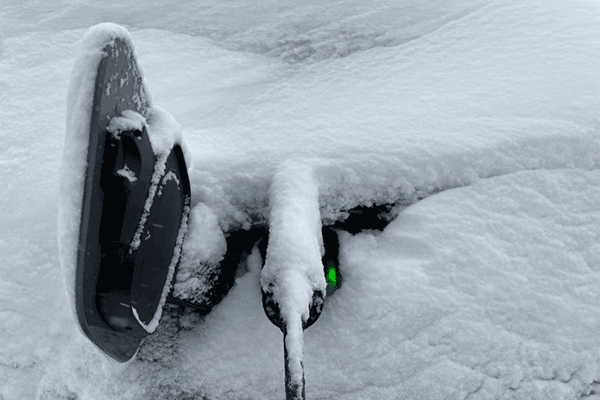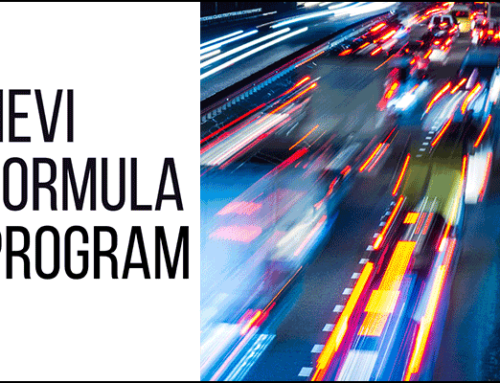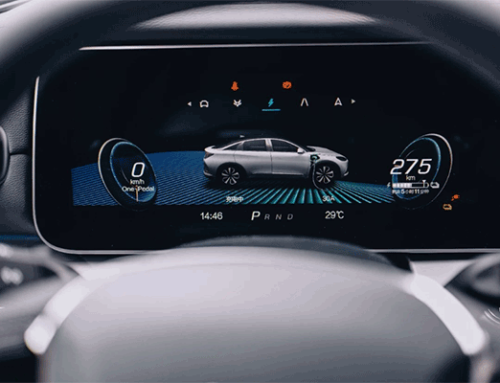Cold weather can significantly affect the performance of EV chargers and batteries. The optimum temperature for EV lithium-ion batteries is between 15 and 35 degrees Celsius. Below this range, lithium ions slow down, reducing power output. Additionally, electric cars require more energy for heating during winter, further lowering the battery performance.

Preparing for Winter
To ensure optimal performance of EVs during winter, consider the following tips:
Smart Charging
Utilize smart charging to schedule charging sessions, which can heat the car and warm the battery before you set off. This can also improve the regenerative braking functionality in cold weather.
Home Charging
Parking indoors, like in a well-insulated garage, can reduce the energy needed for charging. Adding a Level 2 EV charger at home can significantly speed up the charging process.
Vehicle Features
Understand your EV’s features like pre-conditioning, which warms up the battery to a more optimal temperature. This not only uses some power but also makes the battery more efficient and maximizes driving range.
Choosing the Right Charger
Setec Power chargers can be an excellent alternative to other brands for winter-proofing your EV charging setup. Look for chargers with a high National Electrical Manufacturer’s Association (NEMA) rating for better protection against harsh weather conditions. For example, a sertec 150KW fsat EV charger is designed to work normally from -22℉ to 122℉ (-30℃ to 50℃), and it offers protection against rain, sleet, snow, and external ice formation.
As electric vehicle adoption increases, the need for reliable and weather-resistant charging solutions becomes more critical. Setec Power’s chargers, with their advanced features and resilient design, can provide an efficient solution for EV owners looking to winter-proof their charging infrastructure.














